RED LIKE I’D NEVER BEFORE SEEN
First Sightings
The first time I saw cardinal flowers, they were growing in a drainage ditch along a farm field in southern Delaware. Their intense, red color took my breath away, in part, because of their surroundings. After all, this was no well-tended, perennial flower border, where colorful flowers would be expected. No, growing along that ditch, those cardinal flowers were “mere” wildings.
What’s more, the plants were blooming in deep shade, a place usually lit, if then, by white flowers.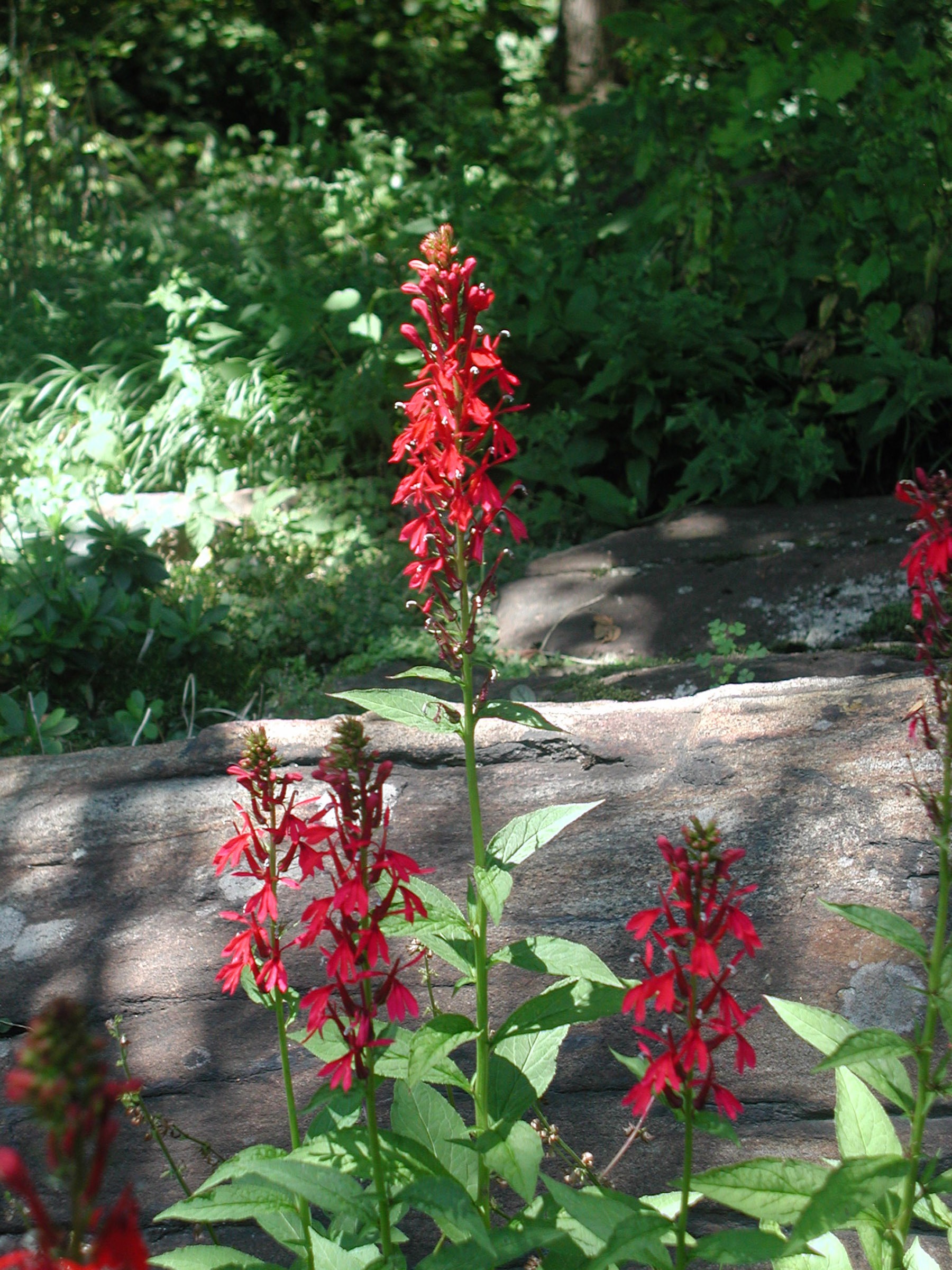
Although I’ve rarely seen this plant in the wild, it’s got a wide native range. It shows up in southeastern Canada down through eastern U.S. and Mexico and parts of South America.
The beauty of cardinal flowers was not in their profusion of bloom, but in the purity of their red color. The blossoms lined up along spikes a few feet high, lower down their petals splaying out like small, cut paper fans.
Such purity of color is rare among plants. Himalayan poppy is another plant renowned for intense color, this one with pure blue blooms. 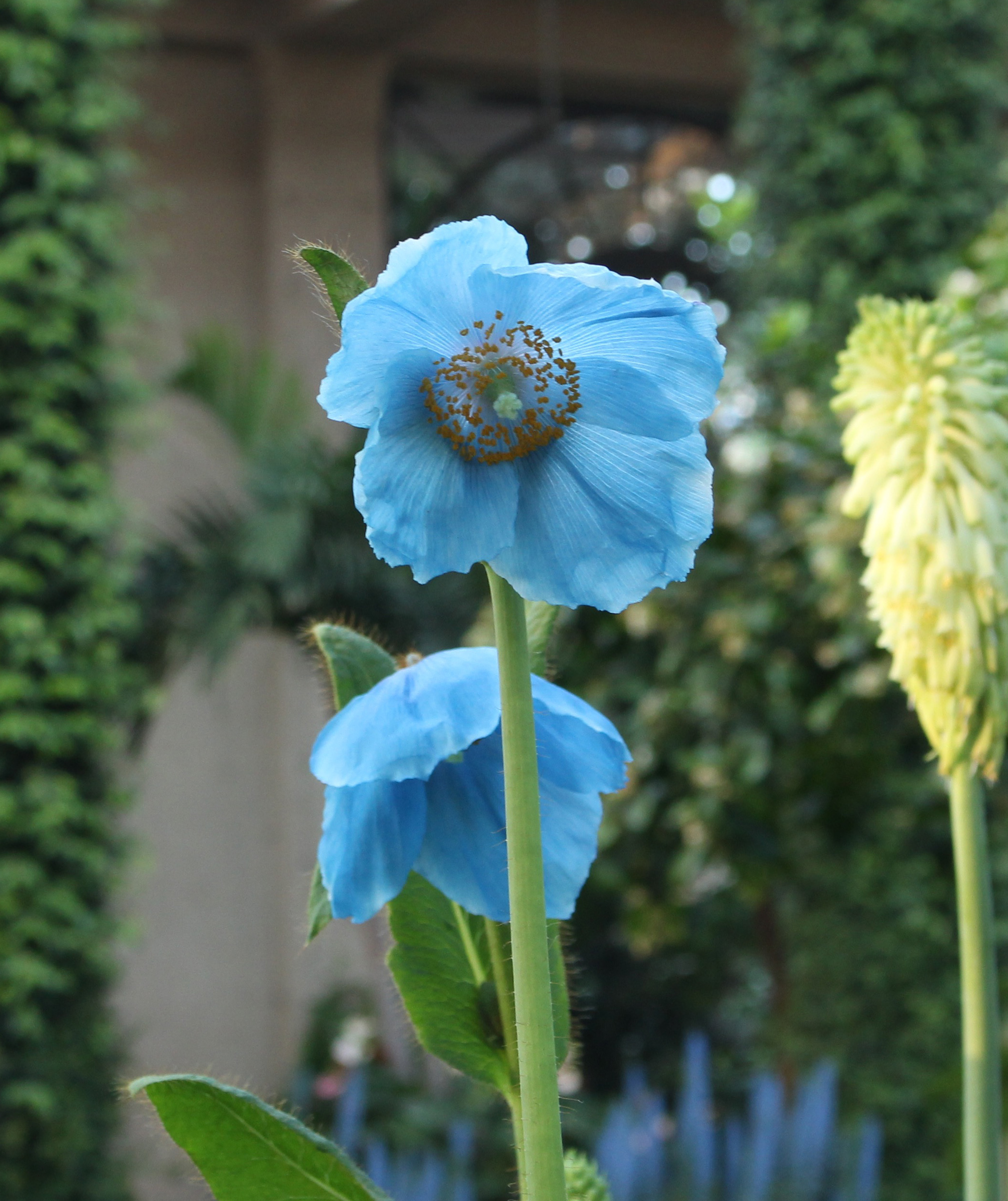 Such flowers, if moved into a garden per se must be used thoughtfully because, with their pure colors, they can easily clash with other colors. The thing to do, of course, is to ease the transition to other parts of the color spectrum with plants whose blossoms are have color that is less pure, bridging the gap from cardinal flowers to blue delphiniums with, for example, purple delphiniums. Or using white as a peacemaker.
Such flowers, if moved into a garden per se must be used thoughtfully because, with their pure colors, they can easily clash with other colors. The thing to do, of course, is to ease the transition to other parts of the color spectrum with plants whose blossoms are have color that is less pure, bridging the gap from cardinal flowers to blue delphiniums with, for example, purple delphiniums. Or using white as a peacemaker.
More Refined?
Clashes or not, I decided I wanted cardinal flower to enjoy closer to home. To that end, I purchased seeds. They sprouted and grew readily, even bloomed by the end of their first season. These particular flowers were pretty, but not quite up to snuff because they were cooled down by a bit of blue mixed in with the red color. Those seeds were evidently one of many highfalutin cardinal flower hybrids now available in various shades of red as well as white and blues.
There was no reason not to try again, though, because cardinal flowers are so easy to raise from seed. Seed can be purchased, or collected from wild or garden plants. The seeds are easy to spot because they mature seeds even as they flower. What’s needed is the pure red, wild species, Lobelia cardinalis.
Since that initial sighting, I have again seen plants with that pure, red color. A few plants were spotted in a wet area in the woods off the Rail Trail that runs behind my property. And kayaking in a local creek, I almost experienced sensory overload, happily, as, rounding a bend, a profusion of them stared at me. 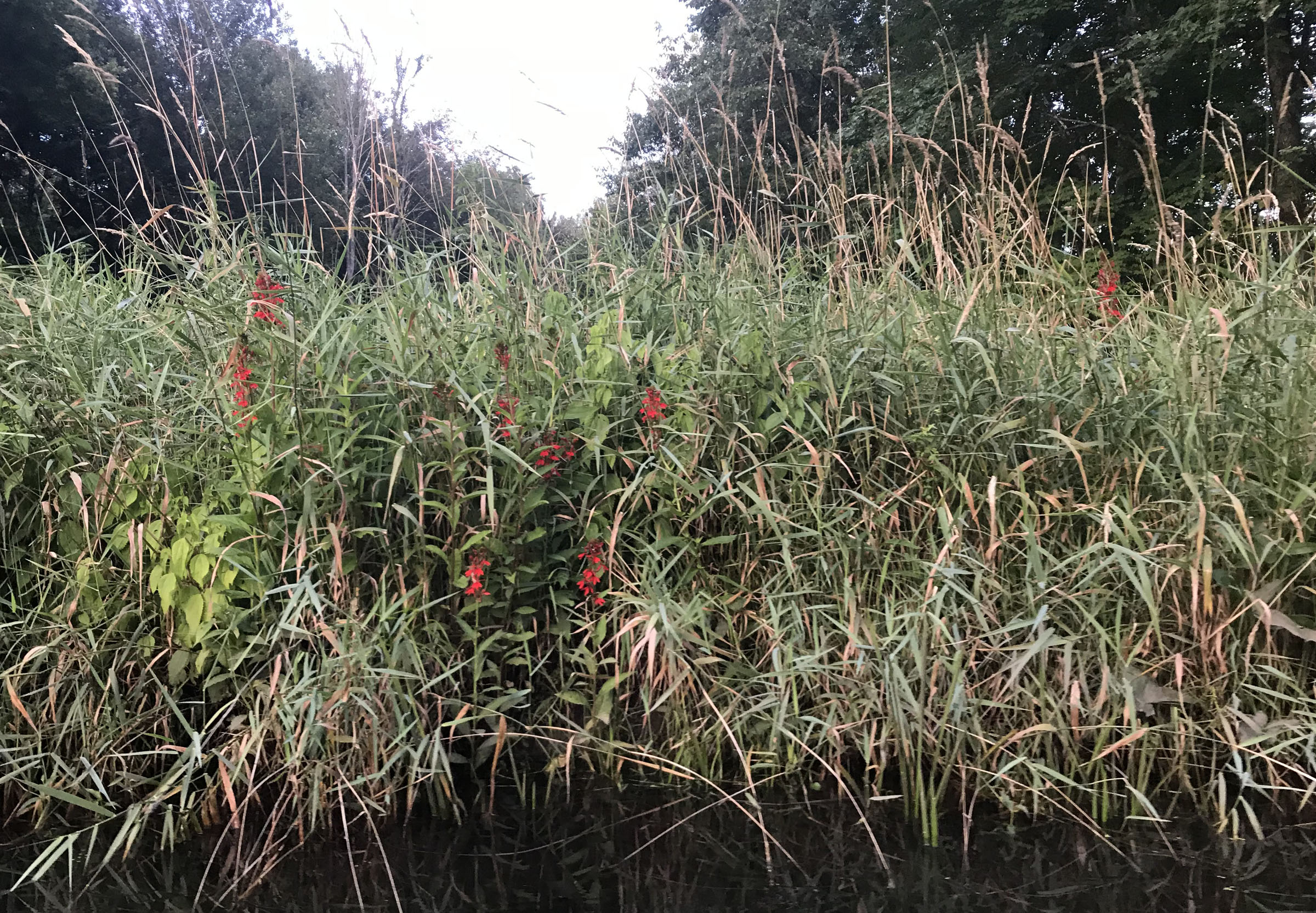 Still, I wanted to be able to experience the plant, the pure red species, closer to home.
Still, I wanted to be able to experience the plant, the pure red species, closer to home.
If At First Don’t Succeed, Try, Try Again
Now is a good time to plant cardinal flower seeds, which I did one day in late summer. Seeds sown in the garden or in seed flats and only slightly covered, to let in some light, will sprout within a couple of weeks.
Keeping cardinal flower plants going year after year is not nearly as easy as getting them started from seed. Although technically a perennial, this plant is among those that are short-lived. Plants die out out unless renewed every 2 or 3 years by being dug up and divided, with the younger, more vigorous parts of the clump replanted. In the wild, plants multiply like this and from seed.
Good growing conditions also help keep cardinal flower going. That first wild plant that I saw spelled out some of what the plant’s likes: shade and constantly moist, acidic soil. Cardinal flower will thrive in sun also, blossoming more profusely, as long as its feet stay wet and summer weather is not too hot. It likes a mulch of leaves, straw, or compost, not over its head in winter, though, or rot results.
My plants went into partial shade along an intermittent stream. Evidently, the stream was too intermittent and the plants died out after a couple of years.
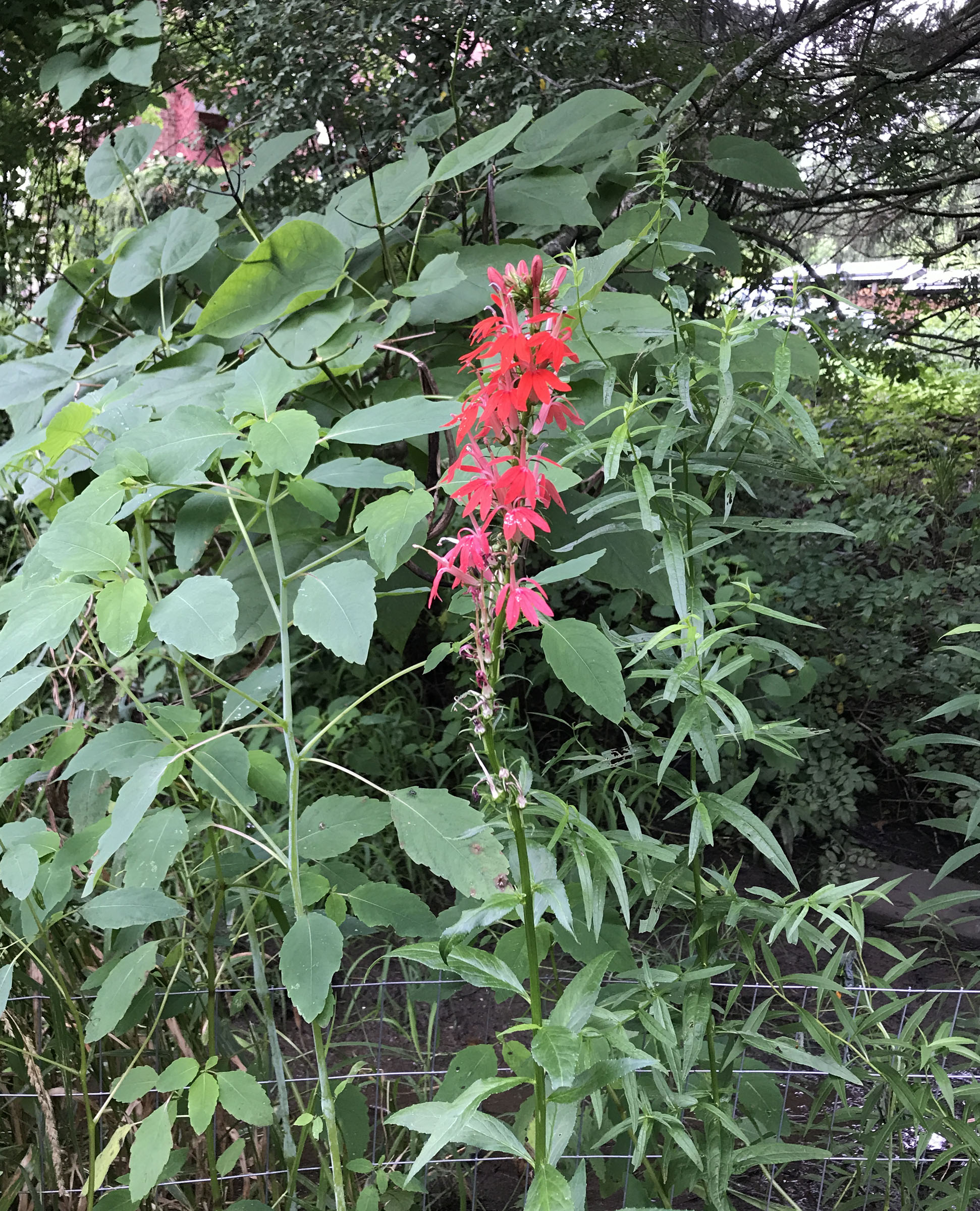
Cardinal flower I planted
Even if cardinal flowers are fussy, they are still worth growing. The plants are pest resistant, perhaps because of the toxins they contain, and the blooms last till frost, and are livened further by the hummingbirds they attract. Cardinal flower also makes a nice cut flower if the spikes are cut just as the first blossoms on it open.
I, for one, am going to put in my order for seeds as soon as I can find or create a spot with more consistently wet ground.
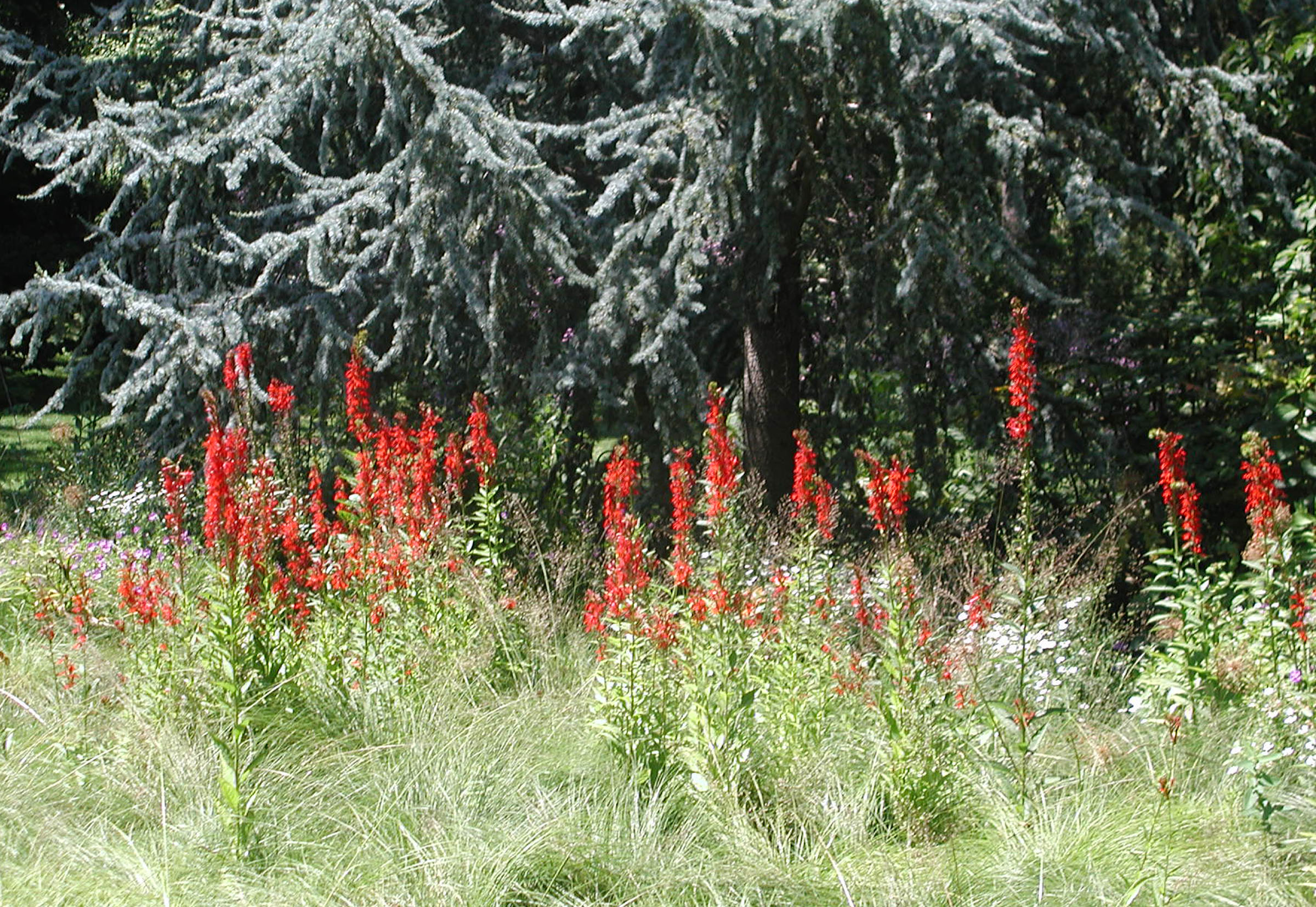
Cardinal flower at Chanticleer Gardens in wet meadow


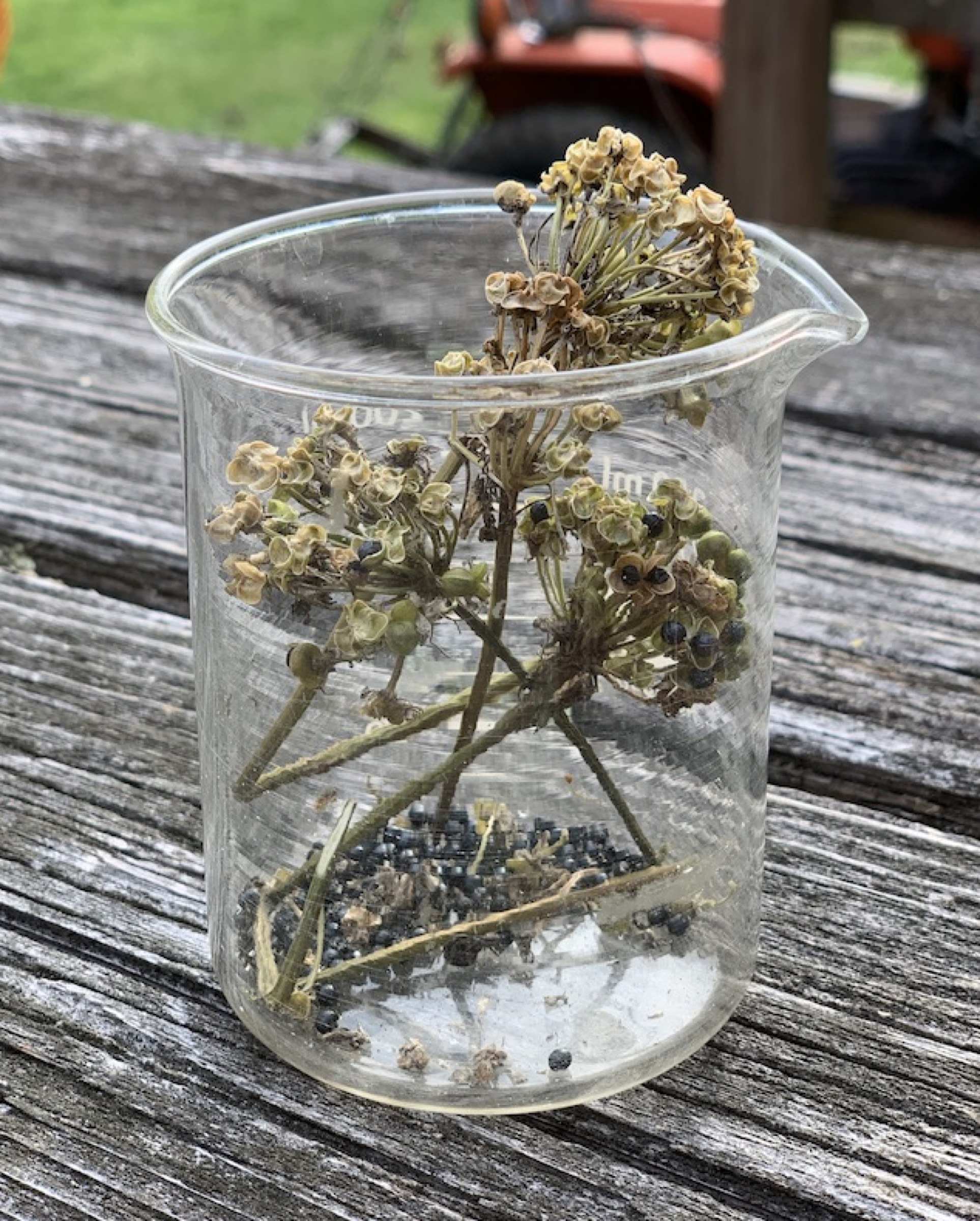

About five years ago, I planted two cardinal flowers in my garden. They came back for two-three years, and then, that was it. But, in the past two seasons, I’ve had have cardinal flowers grow and then bloom. This year, I had almost 10 separate plants come up and bloom. It was wonderful, and, as a bonus, the hummers stopped in frequenty. Last year was similar My question is this: your article does not seem to address their seemingly prolific free-seeding. So, I’m not sure why you don’t guide the reader in this aspect. This way, you would have no need to dig up and divide. The plant will prolifically free-seed, and you will have the pleasure of watching the cardinal flower find many homes throughout the garden.
Yes, it does have the potential to keep going by self-seeding. But that only happens if conditions suit it perfectly, which my very small planting did not. Another problem with my planting was that I put in very few plants. The wild plants I saw growing along the Rail Trail here? They’ve never showed up there again. I haven’t revisited the place were I saw them in abundance along a stream. My guess is that they’re still there. Your plants are probably in a very suitable site and you’ve got enought to prolifically self-seed. Good job!
Another plant whose bold red stopped me in my tracks this year was red salvia. I winter sowed it, tucked it in with ther plants, and completely forgot about it. When it bloomed this summer, I was amazed. I will grow a lot more of it next year.
Reliable source for seeds please? I’m also collecting from my own 🙂
Seeds are not hard to find. My go to seed company is fedcoseeds.com. They have cardinal flower.